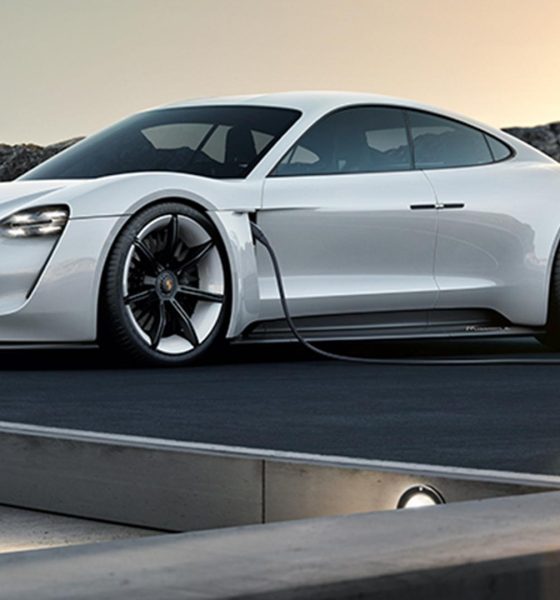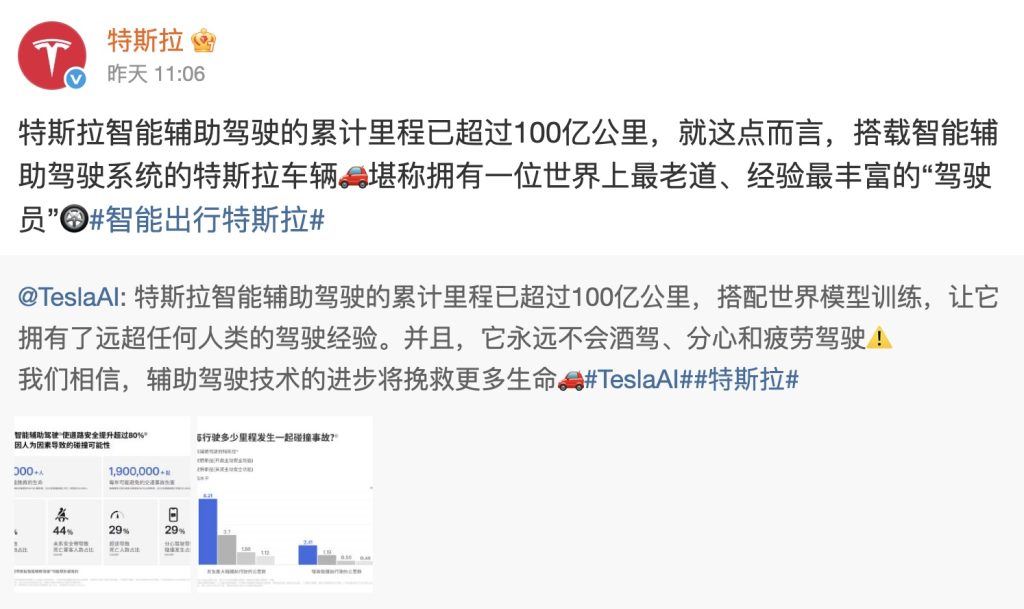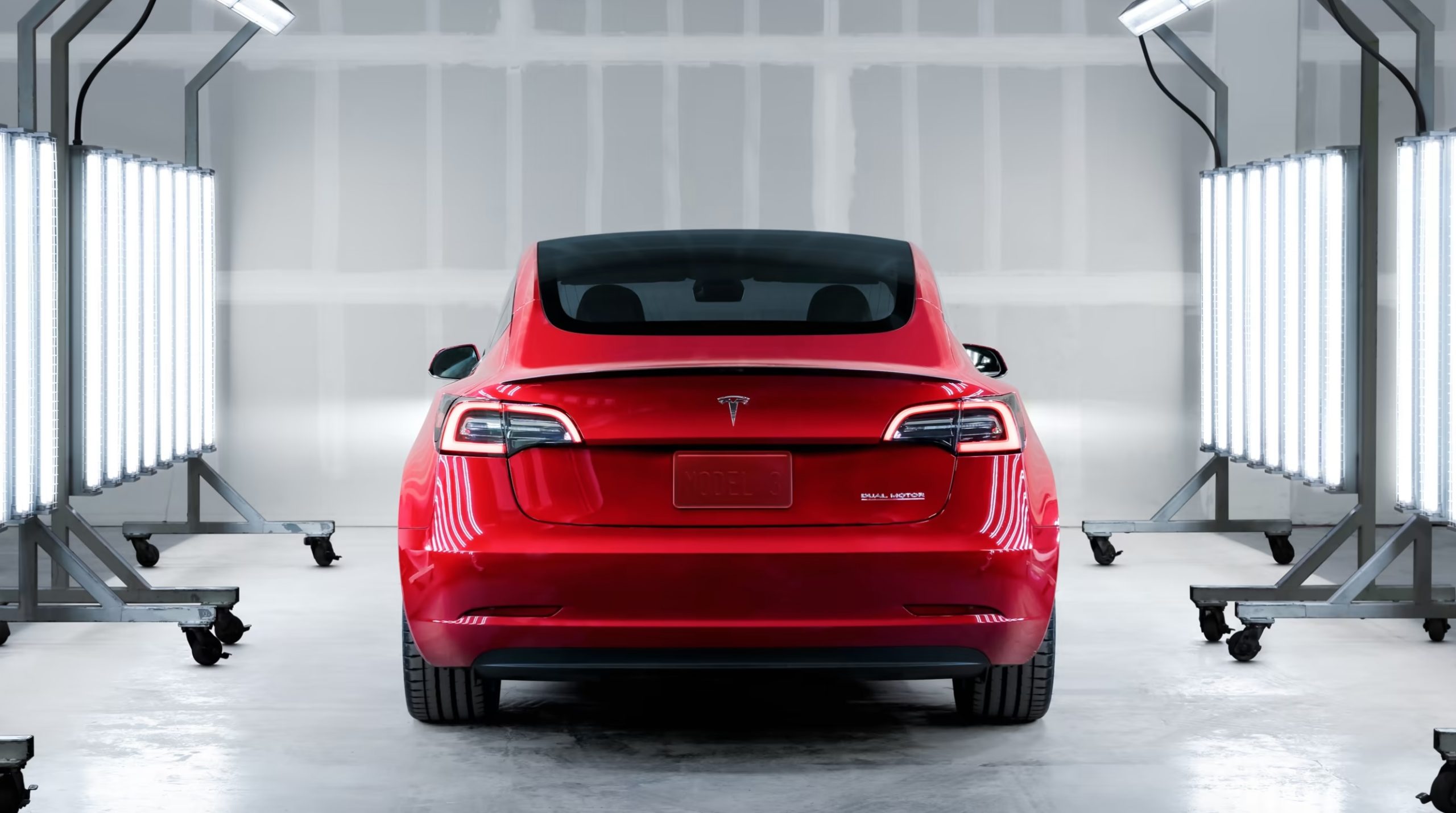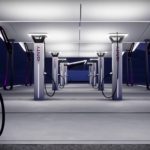

News
Porsche will install 500 fast chargers in USA ahead of Mission E rollout
Porsche Cars North America has announced that it will be building a network of 500 fast chargers in the United States ahead of the upcoming all-electric Mission E rollout in 2019.
Porsche’s Mission E sedan, an electric car comparable to the Tesla Model S, is expected to reach American dealerships sometime next year, followed by the release of the Mission E Cross Turismo in 2020. Apart from these two vehicles, the German legacy carmaker is also considering the electrification of some of its most iconic brands, such as the Macan, Panamera, and the Cayenne.
In a statement to Automotive News, Porsche Cars of North America CEO Klaus Zellmer stated that the 800-volt fast chargers are designed to address the needs of Mission E owners in the region. According to the CEO, the fast charging network will aid in alleviating any range anxiety that owners of the all-electric Porsches might feel when traveling over long distances.
“If you want to buy that car, you want to know what happens if I go skiing and go further than 300 miles. What do I do? So we need to have answers for that,” Zellmer said.
Zellmer noted further that there’s a good chance that the fast chargers will only be used by Mission E owners who travel beyond the vehicle’s 301-mile range. According to the executive, around 80-90% of Mission E owners will likely charge their cars at home or at while at work.
If there is one thing that Zellmer is certain of, however, it is that the 500 fast chargers across the United States will not be free of charge, unlike Tesla’s Supercharger network, which is free to use for owners of the Model S and Model X. The Porsche Cars North America executive further stated that there would be several payment options for Mission E owners, though nothing is finalized yet at this time.
“We are pretty certain that it’s not free of charge. It’s too early to talk about how exactly that payment process for customers will work. There are various opportunities. You could buy a package all included for the car. It could be a membership card that you use. We’re not quite there yet,” the executive said.
- A concept of the IONITY charging network.
Zellmer also told the publication that Porsche dealers in the United States could opt to build free fast-charging stations for their customers as a means to draw more traffic. The charging time for the vehicle, after all, could be a window of opportunity to engage with customers in dealership offerings. Zellmer, however, noted that dealerships who are interested in this option would have to invest in the construction of the charging stations.
“Dealership investment is not yet finalized, but it’s not a minor cost. It certainly is six-digit numbers that our dealers will have to take,” he said.
Apart from its fast-charging network in the United States, Porsche is also taking part in the construction of the Tesla Supercharger-rivalling IONITY network in Europe. Created by the Volkswagen Group, BMW Group, Daimler AG, and the Ford Motor Company, IONITY exceeds Tesla’s 120 kW Superchargers with its estimated 350 kW output, which is expected to give the Mission E up to 248 miles of range in as little as 15 minutes.
Just like the American fast chargers, using the IONITY network will not be free of charge. According to Porsche’s deputy chairman of the executive board Lutz Meschke, the rates for the upcoming ultra-fast charging network will be comparable to the current prices of gasoline.

News
Tesla has passed a critical self-driving milestone Elon Musk listed in Master Plan Part Deux
Tesla China announced that the company’s Autopilot system has accumulated 10 billion kilometers of driving experience.

Tesla has passed a key milestone, and it was one that CEO Elon Musk initially mentioned more than nine years ago when he published Master Plan, Part Deux.
As per Tesla China in a post on its official Weibo account, the company’s Autopilot system has accumulated over 10 billion kilometers of real-world driving experience.
Tesla China’s subtle, but huge announcement
In its Weibo post, Tesla China announced that the company’s Autopilot system has accumulated 10 billion kilometers of driving experience. “In this respect, Tesla vehicles equipped with Autopilot technology can be considered to have the world’s most experienced and seasoned driver.”
Tesla AI’s handle on Weibo also highlighted a key advantage of the company’s self-driving system. “It will never drive under the influence of alcohol, be distracted, or be fatigued,” the team wrote. “We believe that advancements in Autopilot technology will save more lives.”
Tesla China did not clarify exactly what it meant by “Autopilot” in its Weibo post, though the company’s intense focus on FSD over the past years suggests that the term includes miles that were driven by FSD (Beta) and Full Self-Driving (Supervised). Either way, 10 billion cumulative miles of real-world data is something that few, if any, competitors could compete with.


Elon Musk’s 10-billion-km estimate, way back in 2016
When Elon Musk published Master Plan Part Deux, he outlined his vision for the company’s autonomous driving system. At the time, Autopilot was still very new, though Musk was already envisioning how the system could get regulatory approval worldwide. He estimated that worldwide regulatory approval will probably require around 10 billion miles of real-world driving data, which was an impossible-sounding amount at the time.
“Even once the software is highly refined and far better than the average human driver, there will still be a significant time gap, varying widely by jurisdiction, before true self-driving is approved by regulators. We expect that worldwide regulatory approval will require something on the order of 6 billion miles (10 billion km). Current fleet learning is happening at just over 3 million miles (5 million km) per day,” Musk wrote.
It’s quite interesting but Tesla is indeed getting regulatory approval for FSD (Supervised) at a steady pace today, at a time when 10 billion miles of data has been achieved. The system has been active in the United States and has since been rolled out to other countries such as Australia, New Zealand, China, and, more recently, South Korea. Expectations are high that Tesla could secure FSD approval in Europe sometime next year as well.
Elon Musk
SpaceX maintains unbelievable Starship target despite Booster 18 incident
It appears that it will take more than an anomaly to stop SpaceX’s march towards Starship V3’s refinement.

SpaceX recently shared an incredibly ambitious and bold update about Starship V3’s 12th test flight.
Despite the anomaly that damaged Booster 18, SpaceX maintained that it was still following its plans for the upgraded spacecraft and booster for the coming months. Needless to say, it appears that it will take more than an anomaly to stop SpaceX’s march towards Starship V3’s refinement.
Starship V3 is still on a rapid development path
SpaceX’s update was posted through the private space company’s official account on social media platform X. As per the company, “the Starbase team plans to have the next Super Heavy booster stacked in December, which puts it on pace with the test schedule planned for the first Starship V3 vehicle and associated ground systems.”
SpaceX then announced that Starship V3’s maiden flight is still expected to happen early next year. “Starship’s twelfth flight test remains targeted for the first quarter of 2026,” the company wrote in its post on X.
Elon Musk mentioned a similar timeline on X earlier this year. In the lead up to Starshp Flight 11, which proved flawless, Musk stated that “Starship V3 is a massive upgrade from the current V2 and should be through production and testing by end of year, with heavy flight activity next year.” Musk has also mentioned that Starship V3 should be good enough to use for initial Mars missions.
Booster 18 failure not slowing Starship V3’s schedule
SpaceX’s bold update came after Booster 18 experienced a major anomaly during gas system pressure testing at SpaceX’s Massey facility in Starbase, Texas. SpaceX confirmed in a post on X that no propellant was loaded, no engines were installed, and personnel were positioned at a safe distance when the booster’s lower section crumpled, resulting in no injuries.
Still, livestream footage showed significant damage around the liquid oxygen tank area of Booster 18, leading observers to speculate that the booster was a total loss. Booster 18 was among the earliest vehicles in the Starship V3 series, making the failure notable. Despite the setback, Starship V3’s development plans appear unchanged, with SpaceX pushing ahead of its Q1 2026 test flight target.
News
Tesla Sweden faces fresh union blockade at key Gothenburg paint shop
Allround Lack works with painting and damage repair of passenger cars, including Teslas.

Tesla’s ongoing labor conflict in Sweden escalated again as the trade union IF Metall issued a new blockade halting all Tesla paintwork at Allround Lack in Gothenburg.
Allround Lack works with painting and damage repair of passenger cars, including Teslas. It currently employs about 20 employees.
Yet another blockade against Tesla Sweden
IF Metall’s latest notice ordered a full work stoppage for all Tesla-related activity at Allround Lack. With the blockade in place, paint jobs on Tesla-owned vehicles, factory-warranty repairs, and transport-damage fixes, will be effectively frozen, as noted in a report from Dagens Arbete. While Allround Lack is a small paint shop, its work with Tesla means that the blockade would add challenges to the company’s operations in Sweden, at least to some degree.
Paint shop blockades have been a recurring tool in the longstanding conflict. The first appeared in late 2023, when repair shops were barred from servicing Tesla vehicles. Days later, the Painters’ Union implemented a nationwide halt on Tesla paint work across more than 100 shops. Since then, a steady stream of workshops has been pulled into the conflict.
Earlier blockades faced backlash from consumers
The sweeping effects of the early blockades drew criticism from industry groups and consumers. Employers and industry organization Transportföretagen stated that the strikes harmed numerous workshops across Sweden, with about 10 of its members losing about 50% of their revenue.
Private owners also expressed their objections. Tibor Blomhäll, chairman of Tesla Club Sweden, told DA in a previous statement that the blockades from IF Metall gave the impression that the union was specifically attacking consumers. “If I get parking damage to my car, I pay for the paint myself. The company Tesla is not involved in that deal at all. So many people felt singled out, almost stigmatized. What have I done as a private individual to get a union against me?” Blomhäll stated.
In response to these complaints, IF Metall introduced exemptions, allowing severely damaged vehicles to be repaired. The union later reopened access for private owners at workshops with collective agreements. The blockades at the workshops were also reformulated to only apply to work that is “ordered by Tesla on Tesla’s own cars, as well as work covered by factory warranties and transport damage on Tesla cars.”










